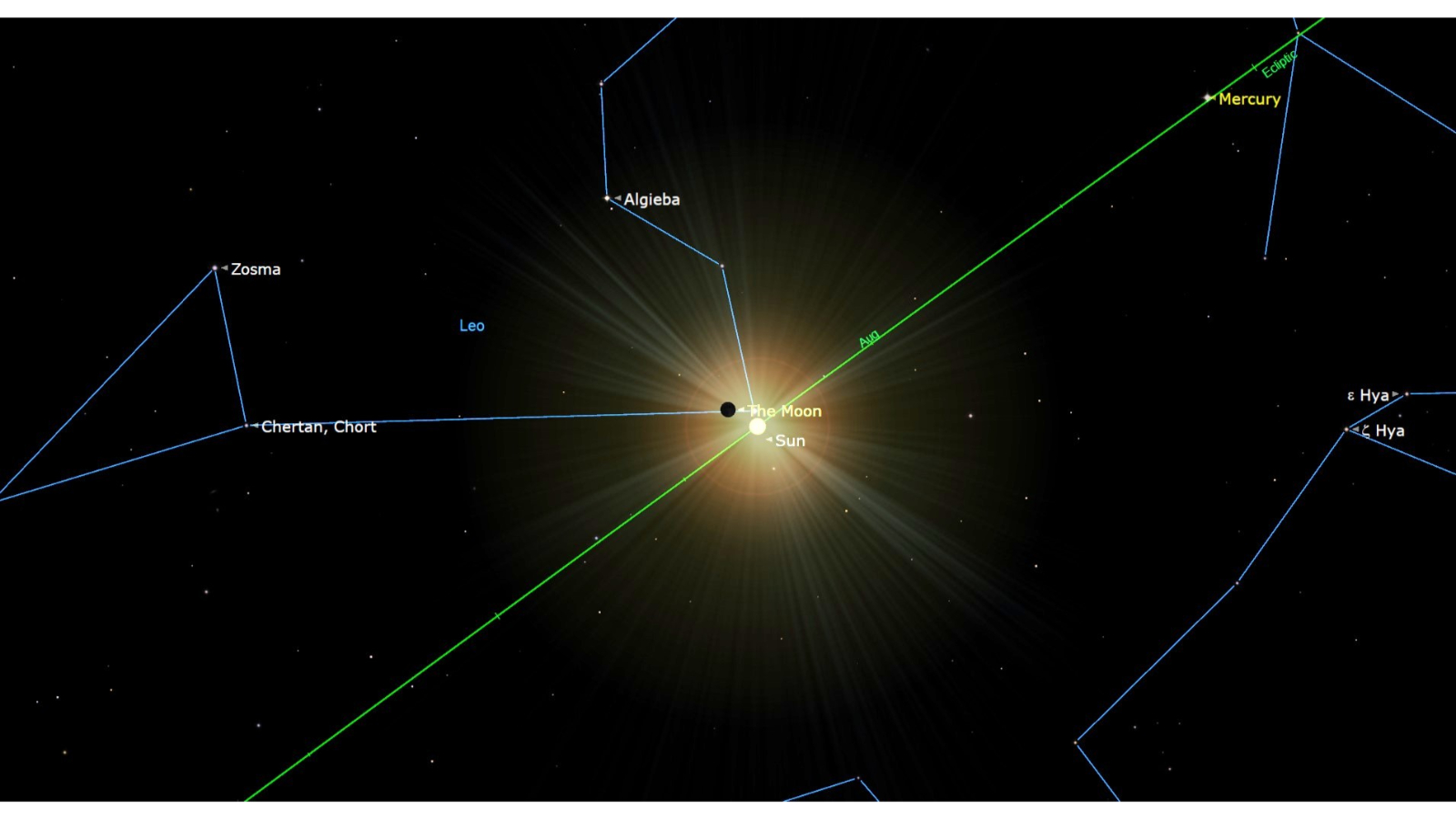
On Aug. 23, the night sky will play host to an unusual lunar event known as a Black Moon.
While you won’t actually see anything unusual (in fact, you won’t see the moon at all), this event is still exciting because of its rarity.
At 2:06 a.m. EDT (06:06 GMT) — which is 11:06 p.m. PDT on Friday (Aug. 22) — the moon will officially pass through its new moon phase. At that moment, our natural satellite will be positioned in the constellation Leo, sitting just 1 degree north of the sun in the sky.
So what’s happening? A Black Moon isn’t an official astronomical term, but it’s used to describe unusual timings of new moon phases. This week’s event falls under the “seasonal” definition: the third new moon in a season that contains four new moons. A new moon is the phase when the moon’s sunlit side faces away from Earth, making it invisible in our sky as it rises and sets with the sun.
Normally, each season has three new moons, but the lunar cycle doesn’t line up perfectly with our calendar. Every so often, an “extra” new moon sneaks in and the third in that sequence is dubbed a Black Moon. The last seasonal Black Moon happened on May 19, 2023.

Summer 2025 in the Northern Hemisphere started with a new moon on June 25, followed by July 23, Aug. 3 and Sept. 21. With four new moons squeezed into the season, the Aug. 23 new moon becomes the Black Moon. Seasonal Black Moons, like the one on Aug. 23, happen only about once every 33 months.
There’s also another definition of a Black Moon that refers to the second new moon in a single calendar month, which won’t occur again until Aug. 31, 2027.
Unlike a supermoon or lunar eclipse, a Black Moon isn’t something you can watch unfold in real time. During the new moon phase, the moon is positioned between Earth and the sun, so its unlit side faces us, rendering it invisible against the bright sky.
But don’t be disappointed. The days immediately following the Black Moon will reveal one of the most beautiful lunar sights: the thinnest crescent. On the evenings of Aug. 24 and Aug. 25, look toward the western horizon about 30 to 40 minutes after sunset to spot a delicate silver arc, the moon’s first reappearance after going dark.
The dark moonless skies surrounding a new moon are also perfect for observing fainter deep sky objects that would otherwise be very difficult and sometimes impossible to see during brighter moon phases. It also makes for a particularly great time to study the dense core of the Milky Way.
Author: Daisy Dobrijevic
Source: Space.com
Reviewed By: Editorial Team



